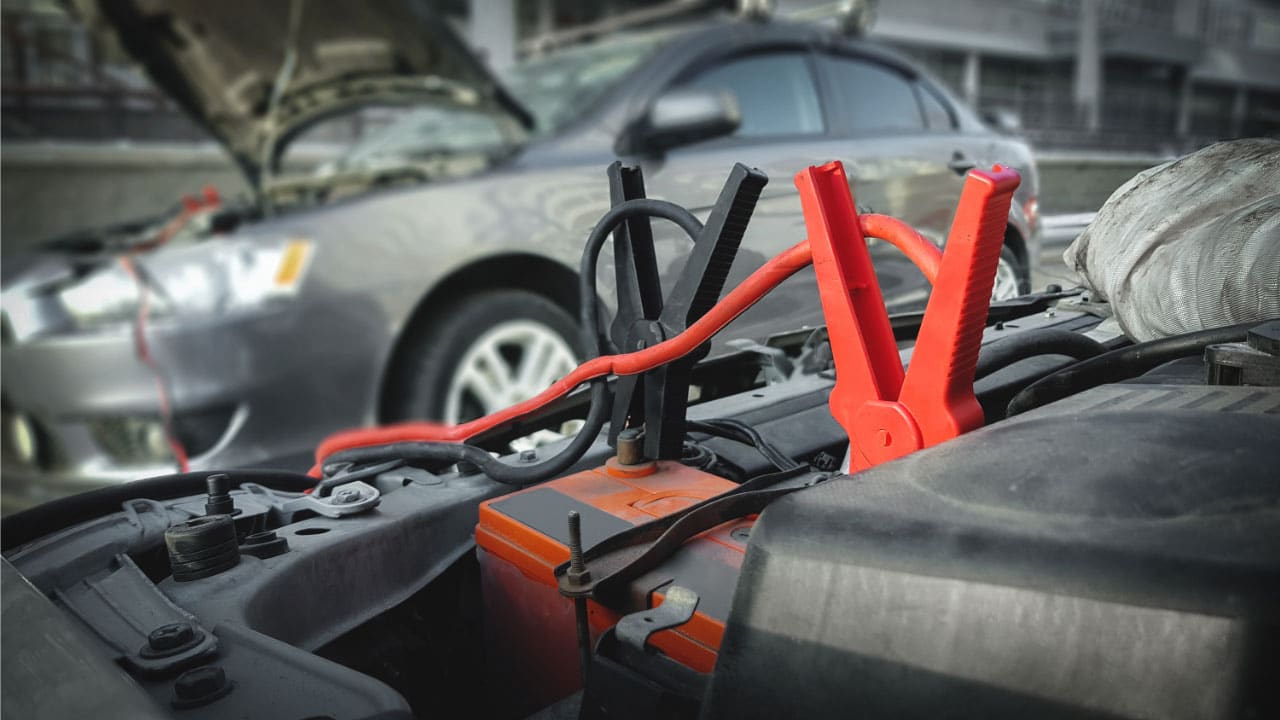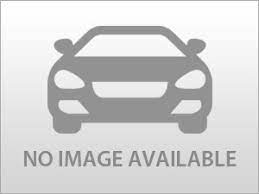So, what does winterizing a car mean?
Winterizing a car simply means preparing your vehicle for the harsh conditions that come with winter: cold, ice, snow, etcetera. This way, your vehicle will be better prepared for the colder months and will function properly during this time. Winterizing a car is not as easy as throwing in a blanket and a heater; there are several aspects and car parts you must consider.
You have to think about your car’s engine, battery, tires, and other components because of the potential damage caused by the cold weather, snow, ice, and road salt. This means you will have to carry out routine maintenance, such as checking fluid levels, replacing worn-out parts, and installing winter-specific accessories such as winter tires, wiper blades, and antifreeze. Being interested in learning how to get your car ready for winter is the first step to being safe on the road in the winter; the other steps will be provided in the next section.
Winter Checklist for Vehicles: How to Winterize Your Car?
Do you want to learn how to keep your car from freezing in the winter? If you do, then you must pay attention to preparing your car for the winter. Here is a checklist that will guide you whenever necessary. All you have to do is follow these tips, and you’ll be just fine.
Check your tires
Have you checked your tire pressure? When it comes to getting your car ready for winter, you have to check your tire pressure regularly during the season. Cold temperatures can reduce tire pressure, so keep your tires properly inflated to maintain good traction on the road. Make sure the treads are still in good condition, and consider switching to winter tires designed for better grip in snowy and icy conditions. Yes, winter tires! Winter tires are specially designed to provide maximum traction and grip on snow and ice.

They have a unique tread pattern that is optimized for winter conditions, with deeper grooves and more biting edges than regular tires. The rubber used in winter tires is also specially formulated to remain soft and flexible in cold temperatures, improving traction and handling. So, consider buying some if you want to prepare your car for the cold weather.
Change your oil
Next on our preparing your car for winter checklist is “change your oil.” Cold temperatures can thicken the oil in your car, making it difficult to lubricate the engine. Regularly changing your oil can help keep your car in good shape. You can also think about switching to a less viscous yet effective brand for your vehicle.
Check your battery
Cold weather will definitely put a strain on your car’s battery since car batteries work best at an ideal temperature of 26.7 degrees Celsius, or 80 degrees Fahrenheit, according to EVSE Australia. Due to this very fact, you must make sure that your battery is in good condition before you drive out in the snow. Check for signs of corrosion on the battery terminals and make sure the connections are tight. If your battery is more than three years old, consider replacing it.

Are you a car buyer?
Did you know? According to Ride Time, an average used car on the market has had an average of three owners. This fact is reason enough to verify the condition of every used car before purchase, especially if it’s the winter season. To get a detailed vehicle history report, all you need to do is use our VIN check tool, and you will instantly know the full history of the vehicle you are interested in. With our VIN check tool, you can easily gain access to:
- Service History
- Accident history
- Damage history
- Lien and loan records
- Theft records
- Sales records
- Maintenance schedule
- Vehicle specifications
- Open recalls, and more.
If you are buying a car this winter, be sure to check the vehicle’s full history to verify its reliability. You wouldn’t want to get a defective vehicle stuck in the snow. To avoid this, navigate to the VIN check tool provided by Vehicles Report and run a VIN check. You will immediately receive a concise document detailing every record or event on your vehicle.
ALSO READ: How To Avoid Buying a Lemon Car: 7 Tips To Protect Yourself
Top up your antifreeze
During the winter season, it’s crucial to check and top up your car’s antifreeze, as this fluid plays a very important role in a car’s performance. Antifreeze serves a critical function by preventing your car’s engine from freezing in cold weather. As the temperature drops, the antifreeze helps regulate your car’s engine temperature by absorbing heat and dissipating it through the radiator.
To make sure your car is protected, you should regularly check the levels of antifreeze in your coolant reservoir. If the antifreeze level is low, your engine could be at risk of overheating, which can cause serious damage. Therefore, it’s essential to maintain the right levels of antifreeze to avoid any potential issues.
Check your heater and defroster
Your car’s heater and defroster are essential for keeping you warm and improving visibility while driving. Make sure they’re in good working condition before the winter season, as they play a really good role in keeping you and your vehicle warm. Check the heater fan, thermostat, and heater core for any signs of malfunction. Make sure everything is in good working condition, and if not, report it to an auto mechanic and have it all fixed.
Replace wiper blades
Your car’s wiper blades are really essential for maintaining clear visibility in adverse weather conditions, especially during the winter season. To ensure maximum visibility and safety, it’s advisable to replace your wiper blades before the onset of winter. You should also think of getting winter wiper blades, as these blades are designed for harsh weather and perform better during the winter compared to regular wiper blades. With these blades, you will be confident that your car can withstand heavy snow and ice, and your windshield will remain protected and have good visibility.
Check your lights
Winter weather can reduce visibility, so it’s essential to ensure that your lights are functioning correctly. Make sure your headlights, taillights, and brake lights are all working correctly. Check the bulbs and lenses for any signs of wear or damage. You can also consider replacing your headlights with brighter bulbs or adding fog lights for improved visibility in snowy and foggy conditions.
Now you know just how to get your car ready for winter. Remember that a vehicle can get affected by the weather regardless of how reliable it is. So, you have to follow the instructions and guidelines to keep your vehicle safe during the winter months. Now, do you know how to drive in the snow? Find out how in the next section.
ALSO READ: Is It Better To Buy A New Or Used Car | Truth You Should Know
How to Drive in the Snow?
Driving in the snow can be a nerve-wracking experience, especially if you’re not used to it and don’t know how to get your car ready for winter. Snowy and icy conditions can make roads slippery and reduce visibility, making it more challenging to control your vehicle. It’s essential to take extra precautions when driving in the snow to avoid accidents and ensure your safety on the road, and these are some of the tips you should remember:
- Slow Down: It’s essential to reduce your speed when driving on snow and ice. Keep a safe distance between you and other vehicles, and avoid sudden stops or turns.
- Use winter tires: Winter tires provide better traction and grip on snowy and icy roads. Consider switching to winter tires for safer driving in the winter.
- Use Your Brakes Cautiously: Apply the brakes slowly and gently to avoid skidding or losing control of your car.
- Keep Your Lights On: Visibility can be reduced in snowy weather, so keep your headlights on to help other drivers see you.
- Stay Alert: Snowy weather can be unpredictable, so always be alert and aware of your surroundings. Look out for potential hazards like black ice or slush.
Just follow these steps, and you will not have to worry about accidents or safety while driving in the snow anymore.








